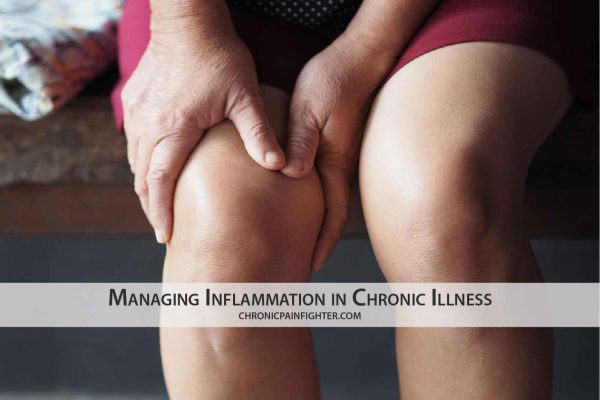Fibromyalgia is a chronic condition causing widespread musculoskeletal pain, fatigue, and other symptoms. While pain is its hallmark, many people with fibromyalgia also experience chest pain. This article explores the link between fibromyalgia and chest pain, offering insights for understanding, managing, and navigating this complex issue.
Fibromyalgia and the Mystery of Chest Pain
Chest pain is a common concern, often associated with heart problems. However, for those with fibromyalgia, chest pain can be a significant symptom, adding to their overall discomfort and anxiety. The connection between fibromyalgia and chest pain is multifaceted, often involving a combination of factors:
- Widespread Pain: Fibromyalgia’s central feature is widespread pain, affecting multiple areas of the body. This pain can extend to the chest, leading to a sensation of tightness, pressure, or burning.
- Muscle Tension and Tender Points: People with fibromyalgia often have tender points, specific areas of the body hypersensitive to touch. These tender points can be located in the chest, contributing to pain and discomfort.
- Neuropathic Pain: Some studies suggest that fibromyalgia might involve dysfunction in the nervous system, leading to neuropathic pain, characterized by burning, tingling, or shooting sensations. This type of pain can manifest in the chest, further complicating the experience.
- Psychological Factors: Fibromyalgia is often accompanied by anxiety and depression. Stress and emotional distress can exacerbate pain perception, leading to increased chest pain sensations.
Differentiating Fibromyalgia Chest Pain from Other Conditions
Distinguishing fibromyalgia-related chest pain from other potential causes is crucial for accurate diagnosis and appropriate treatment. Chest pain can arise from various conditions, including:
- Cardiac Issues: Heart attacks, angina, and pericarditis can all manifest as chest pain. Medical evaluation is essential to rule out these serious conditions.
- Gastrointestinal Problems: Acid reflux, gastritis, and irritable bowel syndrome can cause chest discomfort, often mistaken for heart-related pain.
- Musculoskeletal Conditions: Costochondritis, a painful inflammation of the cartilage connecting the ribs to the breastbone, can cause chest pain, especially with movement.
- Respiratory Issues: Pneumonia, pleurisy, and asthma can also trigger chest pain, often accompanied by other respiratory symptoms.
Seeking Medical Evaluation for Chest Pain
If you experience chest pain, regardless of whether you have fibromyalgia, seeking medical evaluation is paramount. A healthcare professional can conduct a thorough examination, including:
- Medical History Review: Discussing your medical history, including previous diagnoses and medications, helps the doctor understand your circumstances.
- Physical Examination: A comprehensive physical exam, including listening to your heart and lungs, helps identify any underlying conditions.
- Electrocardiogram (ECG): This test measures electrical activity in the heart, aiding in diagnosing heart problems.
- Chest X-ray: A chest X-ray can reveal abnormalities in the lungs, heart, and surrounding structures.
- Blood Tests: Blood tests can check for various markers, including inflammation, infection, and cardiac enzyme levels.
Managing Fibromyalgia Chest Pain
Once other potential causes have been ruled out, managing fibromyalgia-related chest pain involves a multidisciplinary approach:
- Pain Medications: Over-the-counter pain relievers, prescription medications, and topical analgesics can help alleviate chest pain.
- Physical Therapy: Physical therapists can guide you through exercises and stretching techniques to improve posture, reduce muscle tension, and enhance flexibility.
- Cognitive Behavioral Therapy (CBT): CBT can help you manage pain perception, reduce anxiety, and improve coping skills.
- Lifestyle Modifications: Stress reduction techniques, regular exercise, and a balanced diet can promote overall health and well-being, potentially easing chest pain.
- Alternative Therapies: Some individuals find relief from complementary therapies like acupuncture, massage, or yoga.
Living with Fibromyalgia and Chest Pain
Living with fibromyalgia and chest pain can be challenging. Understanding the condition, seeking appropriate medical care, and adopting effective management strategies can empower you to navigate this journey.
- Open Communication with Your Doctor: Maintain open communication with your healthcare provider, sharing any concerns or changes in your symptoms.
- Self-Management Techniques: Employ self-management techniques like relaxation exercises, deep breathing, and mindfulness practices to reduce stress and promote overall well-being.
- Support Networks: Connect with support groups or online communities of individuals with fibromyalgia. Sharing experiences and coping strategies can provide valuable emotional support and understanding.
- Focus on Wellness: Prioritize activities that promote physical and mental well-being, such as exercise, healthy eating, sufficient sleep, and engaging in enjoyable hobbies.
Conclusion: Hope for a Better Tomorrow
While fibromyalgia and chest pain can be a formidable combination, it’s important to remember that you’re not alone. With a multidisciplinary approach, ongoing research, and a commitment to self-care, managing this condition is possible. By understanding the connection between fibromyalgia and chest pain, advocating for your health, and embracing a holistic approach, you can strive for a better quality of life, despite the challenges.






